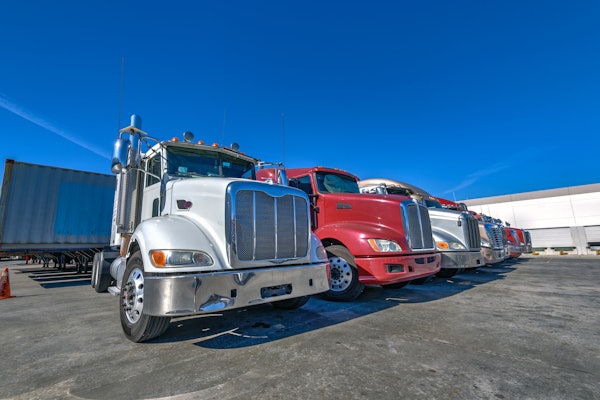Paul Richards is editor of Commercial Carrier Journal. E-mail [email protected] or call (610) 993-9430.
“An overturned tractor-trailer has Northbound I-95 closed this morning…” I hear it on the radio at least once a week, sometimes more. Even if no one gets hurt, I always think, “That’s going to cost someone.”
But, really, it costs lots of folks. ArvinMeritor and Meritor WABCO, Troy, Mich., put the average cost of a heavy-vehicle rollover at $120,000, for a yearly, national total of $1.3 billion. That may cover injuries, vehicle and load damage, clean-up, and lost time and productivity for the trucking company – and for hundreds, maybe thousands of motorists snared in traffic.
It’s easy to understand how off-road, in-the-ditch rollovers happen: the truck essentially gets knocked off its wheels. But I’ve always wondered about on-pavement rollovers. Surely, the driver must know something is terribly wrong and have a second or two to correct the situation.
Nope. As I learned from inside a truck cab, by the time you realize anything’s really wrong, it’s too late.
“Here’s the point where we would tip over,” yelled Moe Cunha, technician/driver, while
To prevent actual rollovers during demonstrations, trailers are equipped with wheeled outriggers.
executing a right-hand J-turn at 40 mph. It was part of a demonstration at the Transportation Research Center, East Liberty, Ohio, hosted by Meritor WABCO.
I was assured that we would have gone over if not for wheeled outriggers on our trailer. But the event seemed gentle, even dream-like. I felt nothing until the right-side tractor tires slammed back down on terra firma.
So, if a driver can’t sense an impending rollover, how can it be prevented? That’s what electronics are for, and that was the point of the demonstration. Meritor WABCO is about to introduce its Roll Stability Control (RSC) system for tractors, and its Roll Stability Support (RSS) system for trailers.
RSC is programmed to help prevent rollovers by slowing a tractor when it senses that a
COG = center of gravity
Flat = force lateral
G = gravity
R = resultant force
Hcog = Height center of gravity
S = wheel track distance
RSC and RSS intervene when a critical, lateral-acceleration threshold is exceeded. The threshold is based on an algorithm involving load height, wheel track and center of gravity.
critical, lateral-acceleration threshold is exceeded. Intervention comes in three stages: engine power reduction; retarder activation; and service-brake application.
“RSC uses ABS components,” explains Rick Romer, director, electronic products. “But the optional, automatic traction control component of our ABS is integral to RSC, which also requires an extra valve and an acceleration sensor on the ABS circuit.”
RSS is an independent system for trailers and works much like RSC, except a trailer electronically controlled brake system (EBS) and air suspension are required.
According to Bob Sibley, director, trailer products, the technology is integrated in the trailer EBS, and requires no additional hardware.
The company demonstrated some extreme maneuvers with RSC turned off, then with the system activated. It works as advertised.
Although my test ride was way more interesting without stability control, you’d best believe I’d want it for the real deal. RSC is available now from OEMs. Look for RSS this spring.









